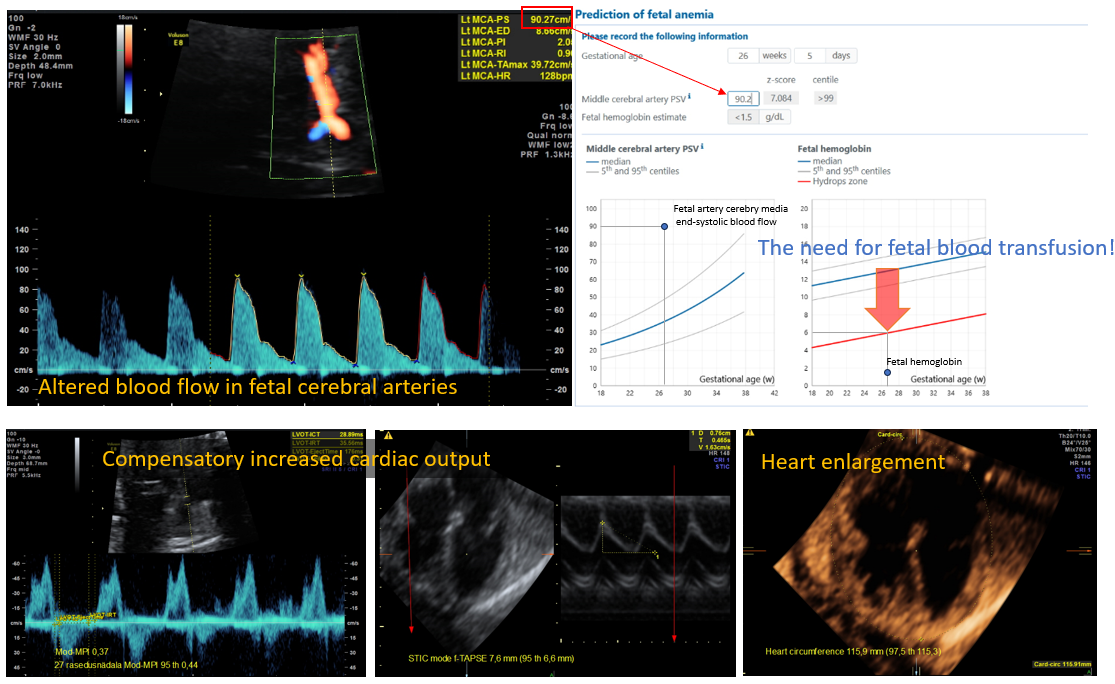February is International Prenatal Infection Prevention Month.
February marks International Prenatal Infection Prevention Month, a global initiative to raise awareness of mother-to-child transmission.
How does the infection reach the uterus?
Pathogens or microbes are usually spread by direct contact with the bodily fluids of an infected person or pathogen and can be transmitted vertically from the mother, via the placenta, to the fetus.
Prenatal infections include, but are not limited to, parvovirus, congenital cytomegalovirus, toxoplasmosis, rubella virus, listeriosis, varicella zoster, herpes virus infection.
If a pregnant woman becomes infected with the above-mentioned infections, the pathogen can cross the placenta and affect the developing fetus, causing congenital infections.
Fortunately, in many cases, prenatal infections can be prevented. This can be achieved by adopting healthy pregnancy behaviors such as proper and frequent hand washing. Proper hand hygiene is an effective measure to prevent the spread of various prenatal infections.
Midwives and gynecologists have a key role to play in informing pregnant women about preventative measures they can take to reduce risk. The relationship between prenatal infections and congenital infections is significant and ultrasound examinations play a vital role.
Prenatal infections can be precursors to congenital infections, and using ultrasound scans, fetal medicine specialists can monitor and identify fetal growth and development, detect abnormalities and the possible effects of factors such as infections. Ultrasound is an invaluable tool for early diagnosis, which facilitates timely treatment and directs effective treatment.
Last week, I managed to help a pregnant woman who came to me for an ultrasound examination with emotional indications at the 26th week of pregnancy with the desire to see her baby and, if possible, get a beautiful 3D picture of her.
However, the ultrasound examination revealed that the child had changed blood flow indices of the cerebral arteries, which indicated that he had severe anemia. The fetal heart chambers were also compensatoryly enlarged, and the fetal heart was enlarged, having to work harder to supply the vital organs of the fetus with less oxygenated blood. Very often, fetal anemia results in fetal heart failure, edema, and intrauterine death without treatment.
Picture 1. Ultrasound examination of the fetus. Doppler examination of cerebral arteries with fetal echocardiography.
The most common cause of fetal anemia is rhesus conflict, where a rhesus-negative woman has a rhesus-positive fetus. If a woman has been sensitized to the rhesus factor during previous pregnancies and her body has developed rhesus antibodies, they destroy the erythrocytes of the rhesus-positive fetus, causing them to have poor blood count. However, the pregnant woman was rhesus positive, and therefore the rhesus conflict was not a possible reason for the poor blood of the fetus.
Another common cause of fetal anemia, besides genetic diseases, is prenatal infections, of which parvovirus B19 is the most common.
Picture 2. Parvovirus B19
By performing a parvovirus B19 analysis as a quick test, I found out that the woman suffers from an acute parvovirus infection, which in adults can occur without clinical symptoms.
I am glad that the woman was diagnosed with prenatal parvovirus infection in time, when the virus had not yet caused irreversible changes in the child, and she can still be helped. Namely, if a blood transfusion is performed intrauterinely through the mother's abdominal lining to the fetus, it is possible to save the child's life.
In the coming days, Professor Aydin Tekay will perform an intrauterine blood transfusion for the fetus at the Helsinki Metropolitan Hospital. I am keeping my fingers crossed that the blood transfusion will be successful without complications, and the unborn baby will be able to grow to the size of the pregnancy, to the joy of his parents, if he is already able to manage breathing on his own outside the womb.


